The End of the Myth
September 4 - October 11, 2025 | Project Space
Peter Brock
-
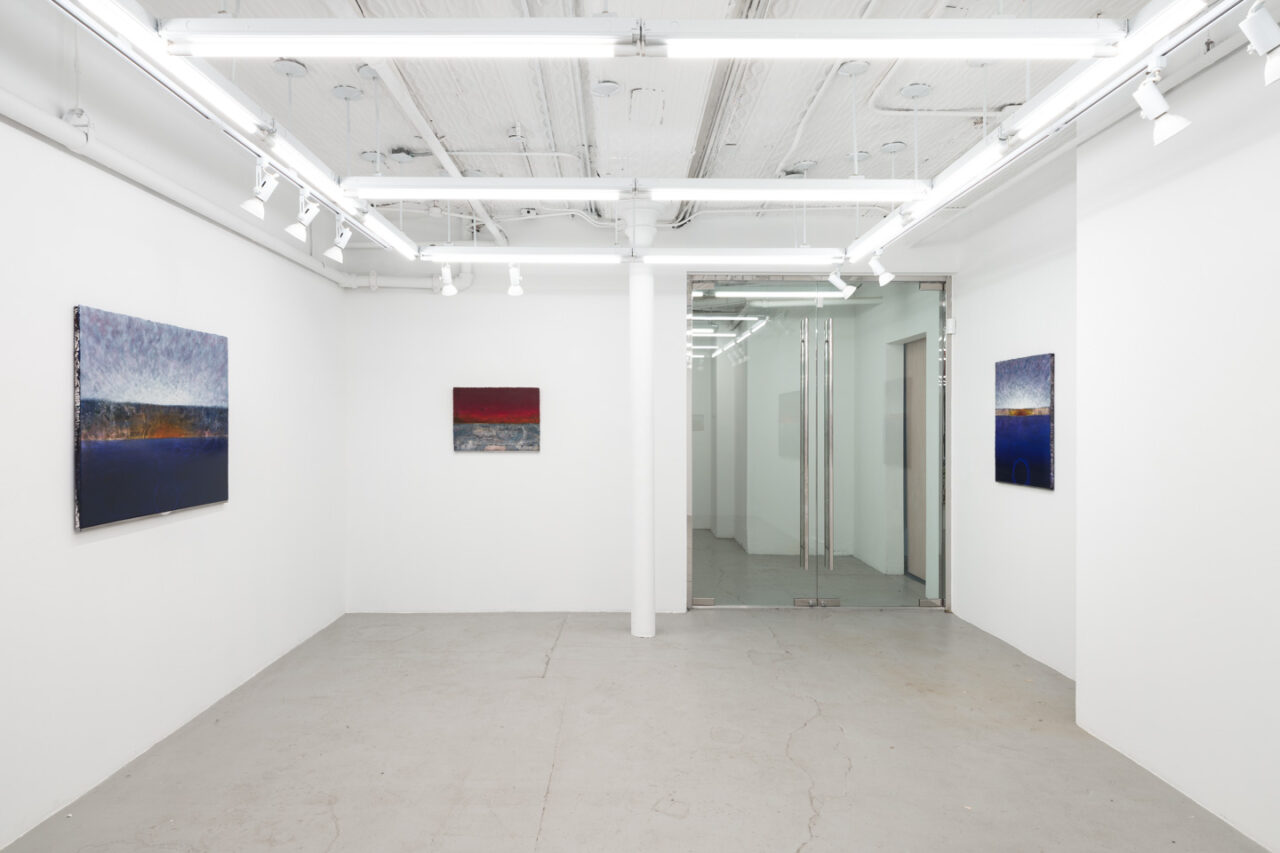
Installation view, The End of the Myth, 2025
-
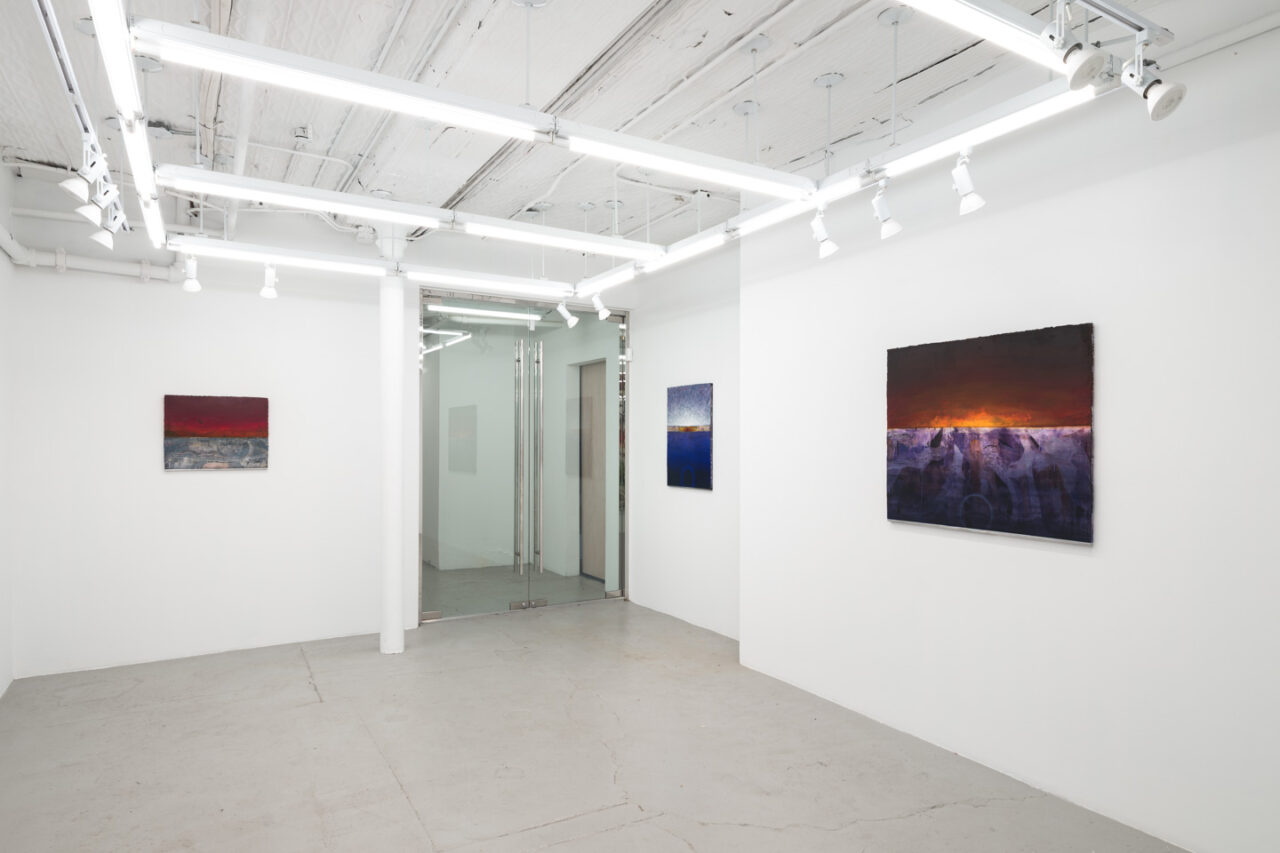
Installation view, The End of the Myth, 2025
-
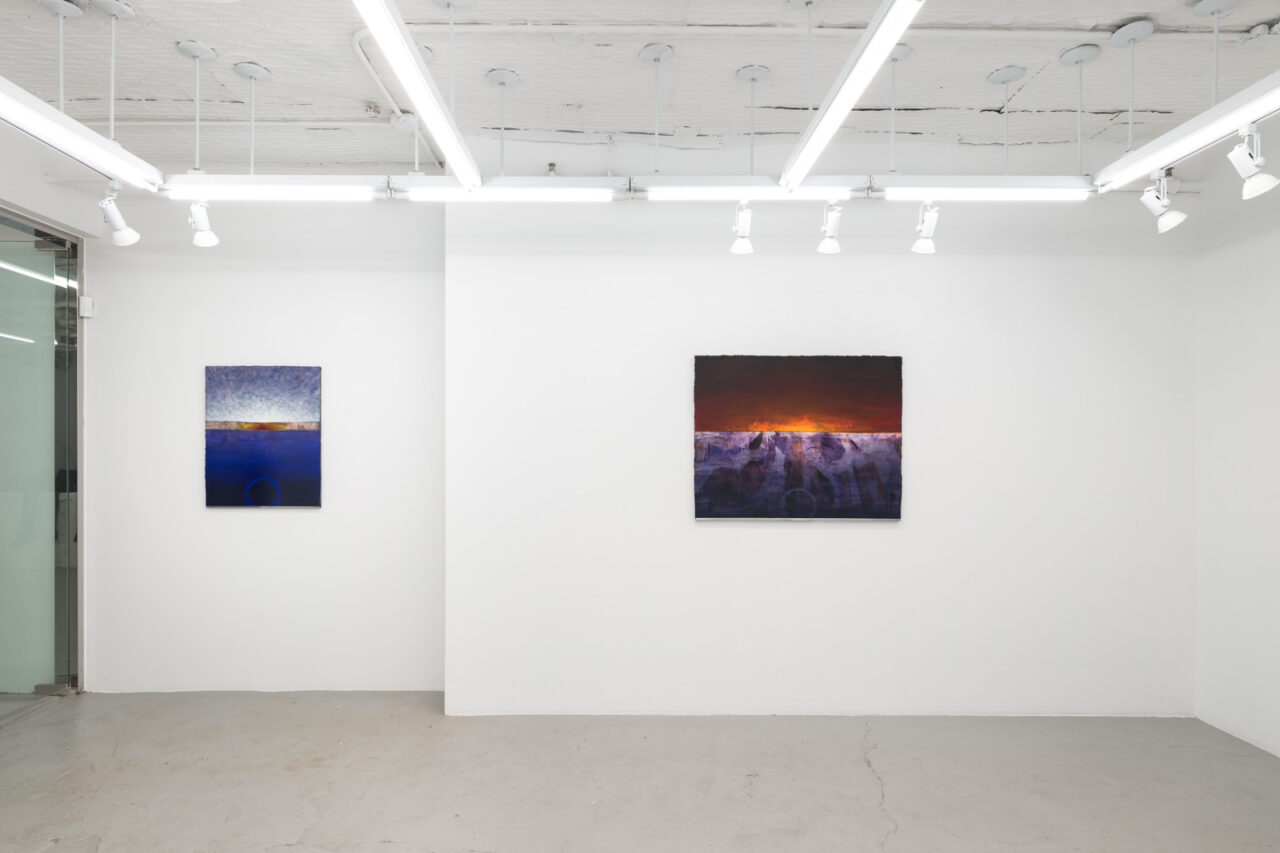
Installation view, The End of the Myth, 2025
-
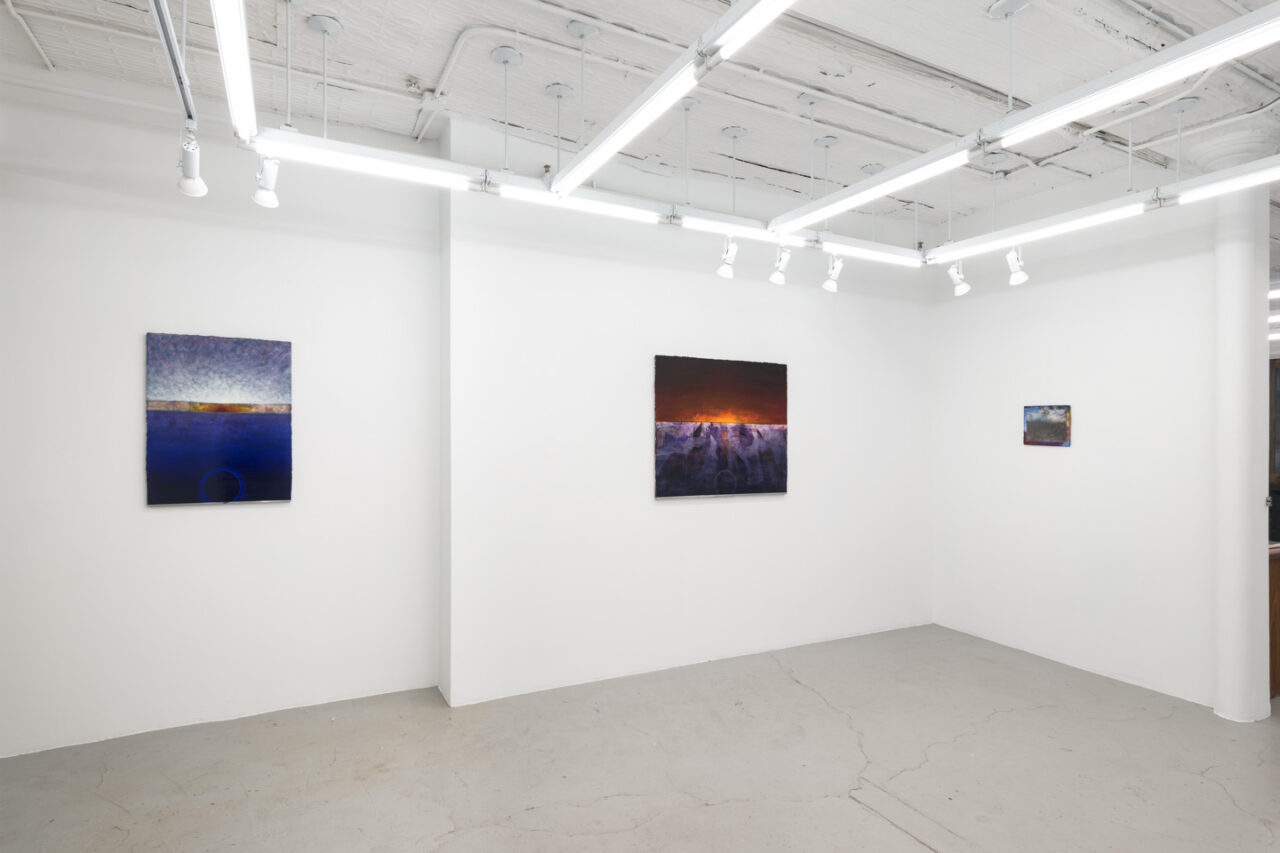
Installation view, The End of the Myth, 2025
-
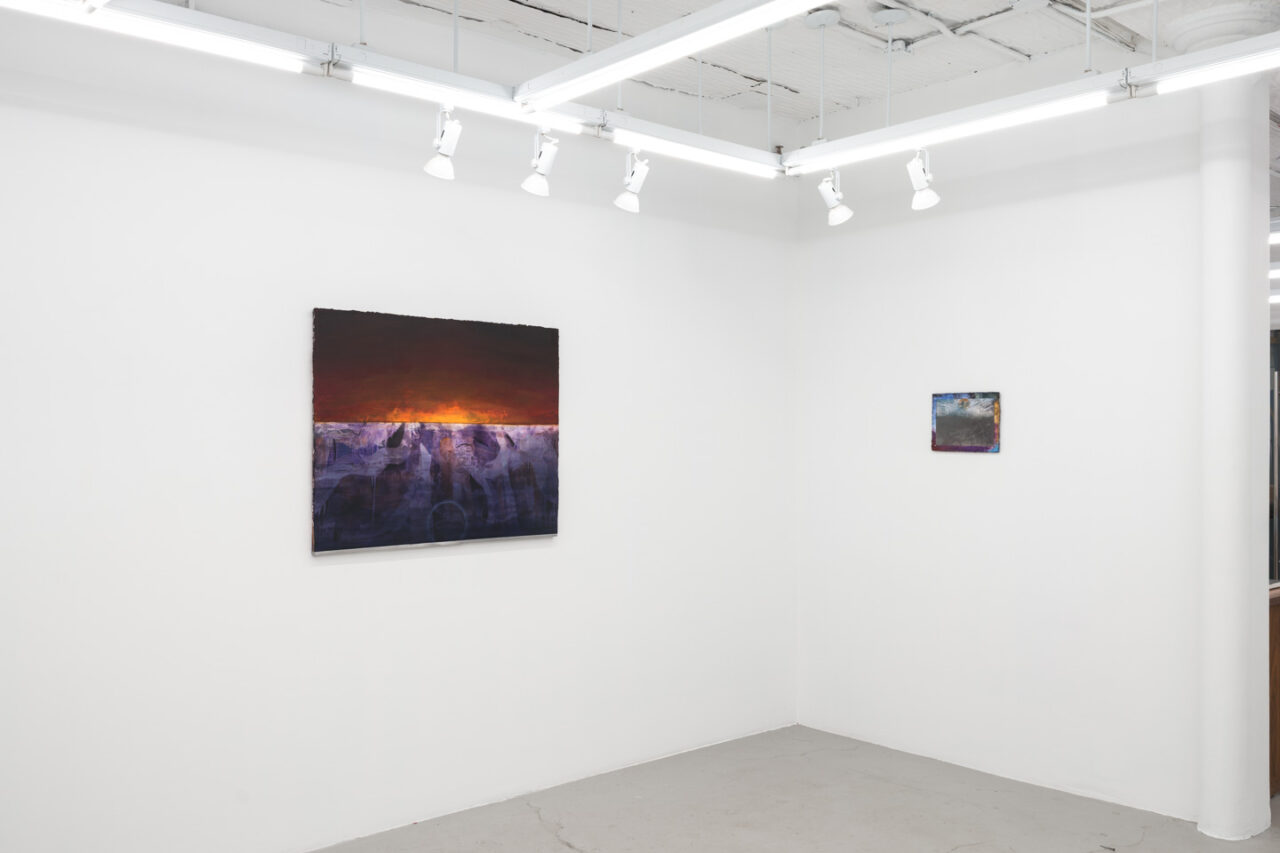
Installation view, The End of the Myth, 2025
-
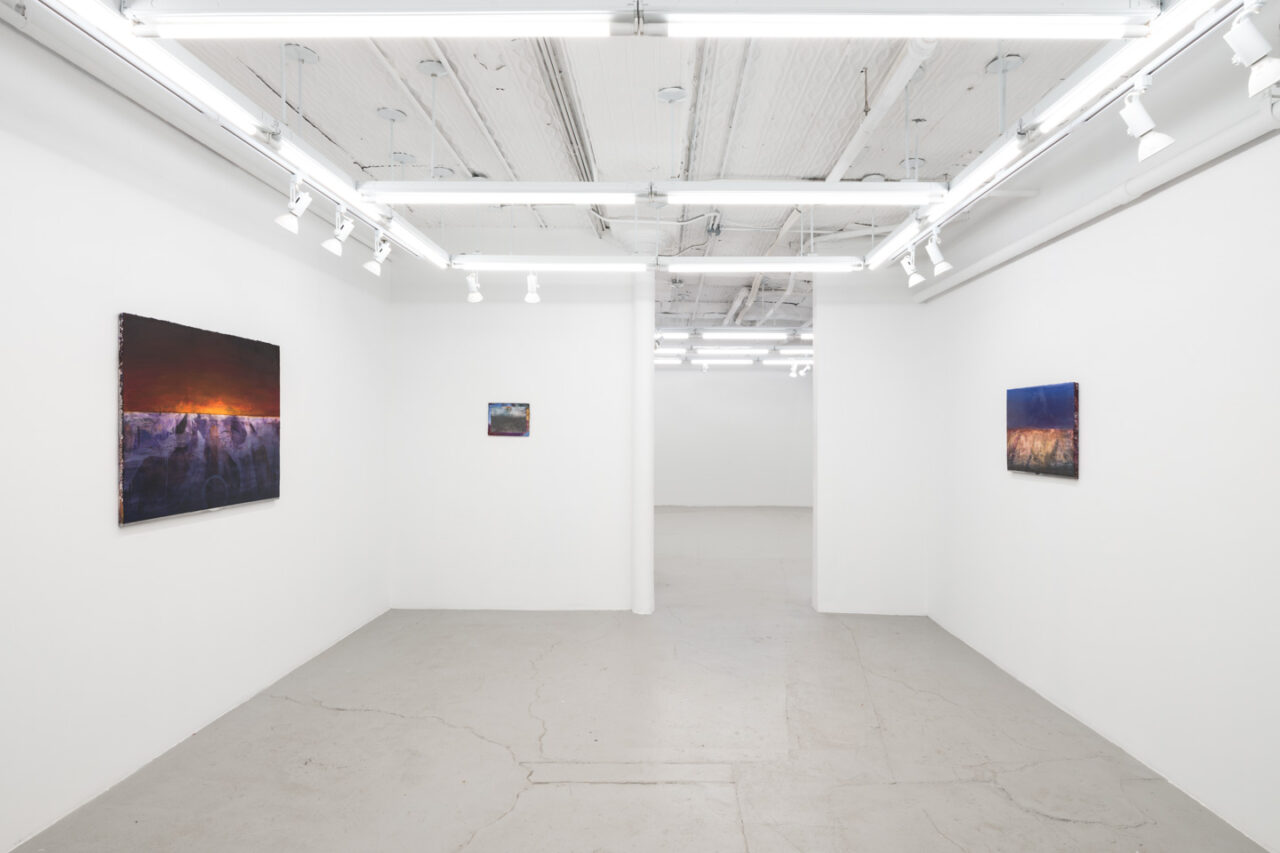
Installation view, The End of the Myth, 2025
-

Installation view, The End of the Myth, 2025
-
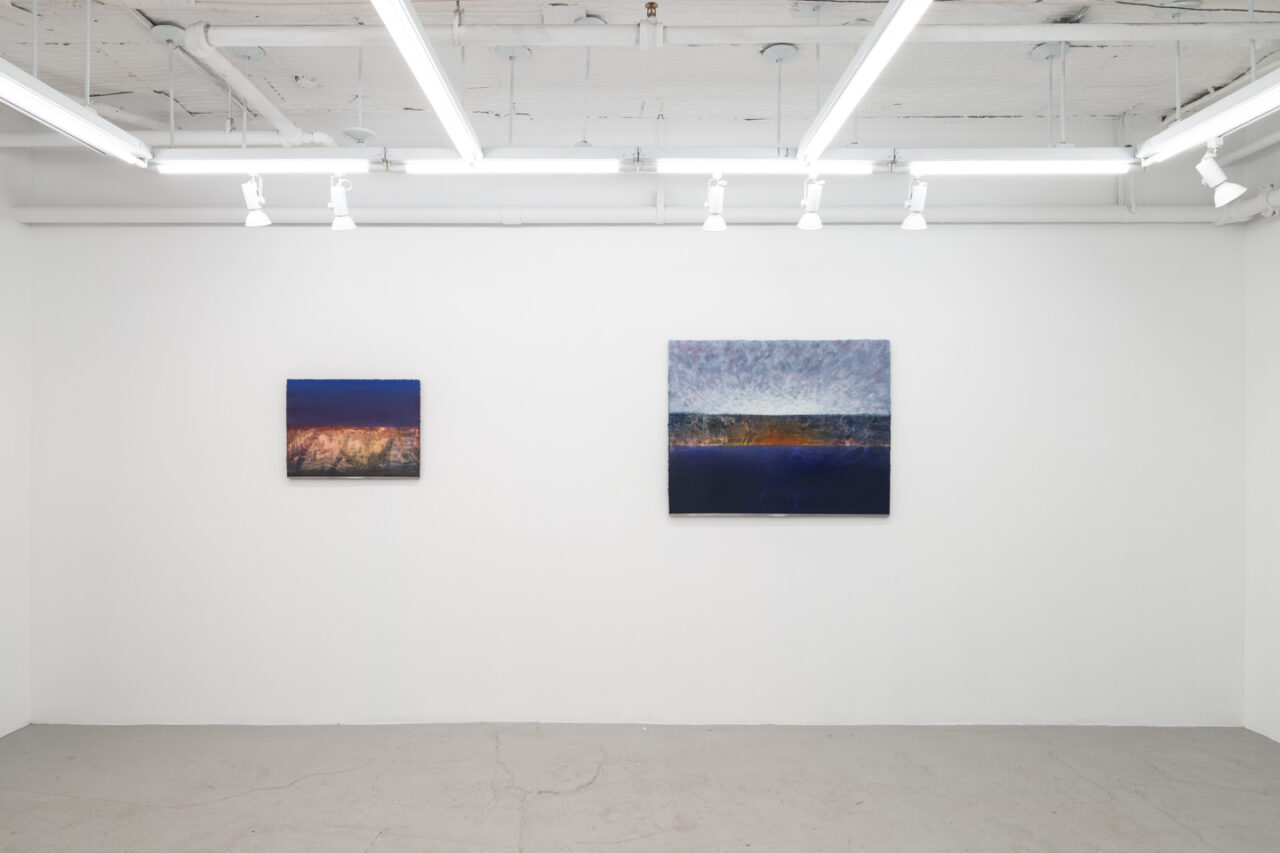
Installation view, The End of the Myth, 2025
-
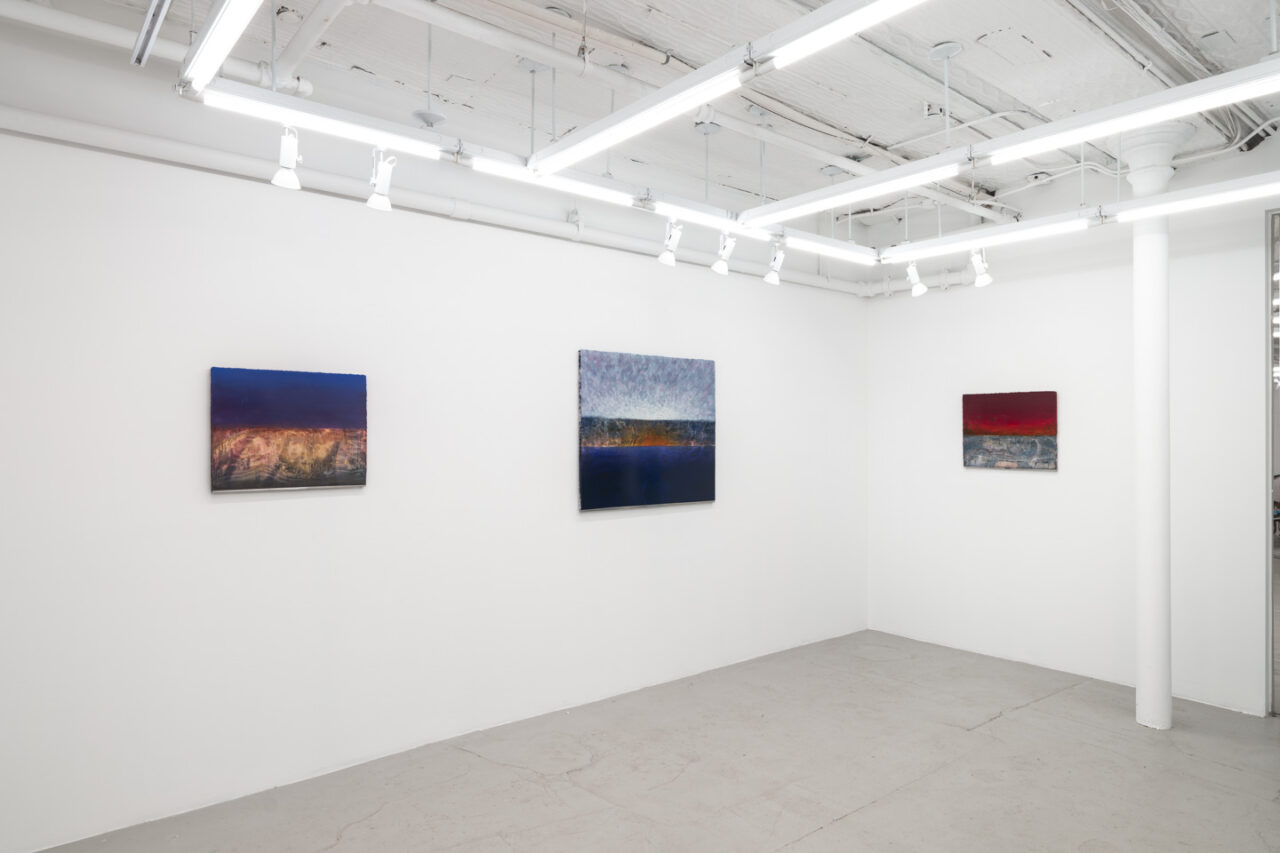
Installation view, The End of the Myth, 2025
-
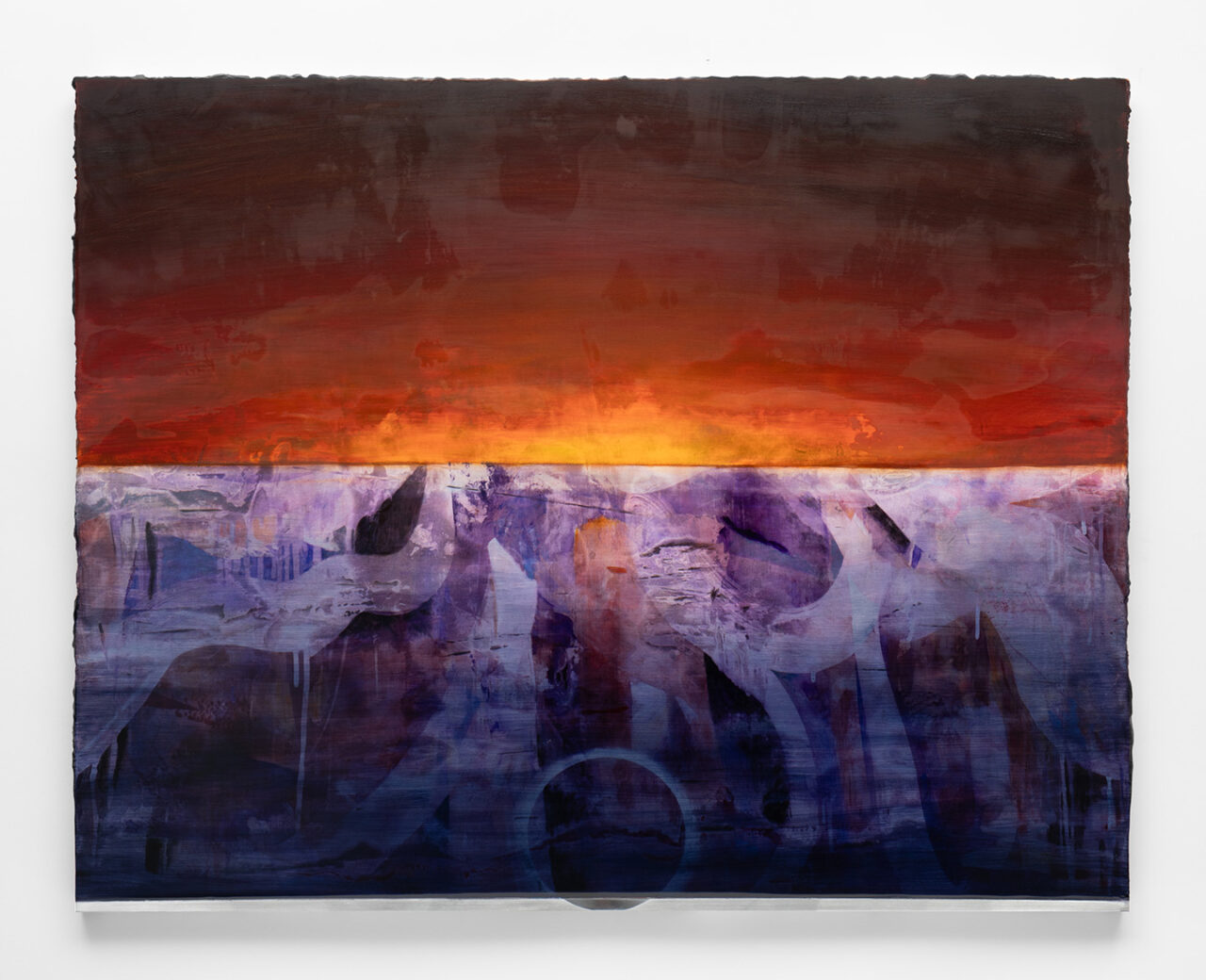
Peter Brock
The End of the Myth, 2025
Oil and colored pencil on Aqua resin on aluminum panel
32 × 40 inches -
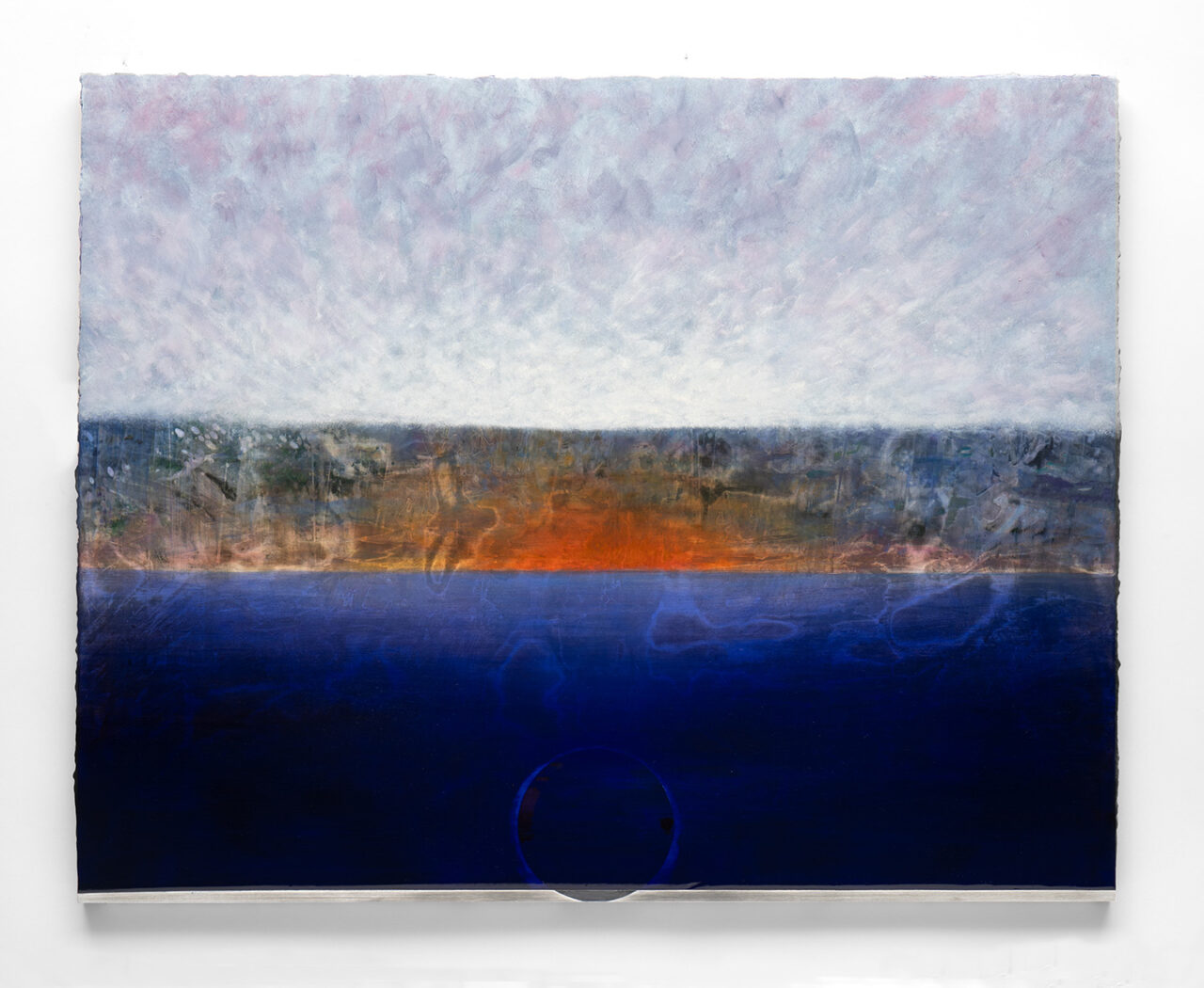
Peter Brock
The End of the Myth, 2025
Oil and colored pencil on Aqua resin on aluminum panel
32 × 40 inches -
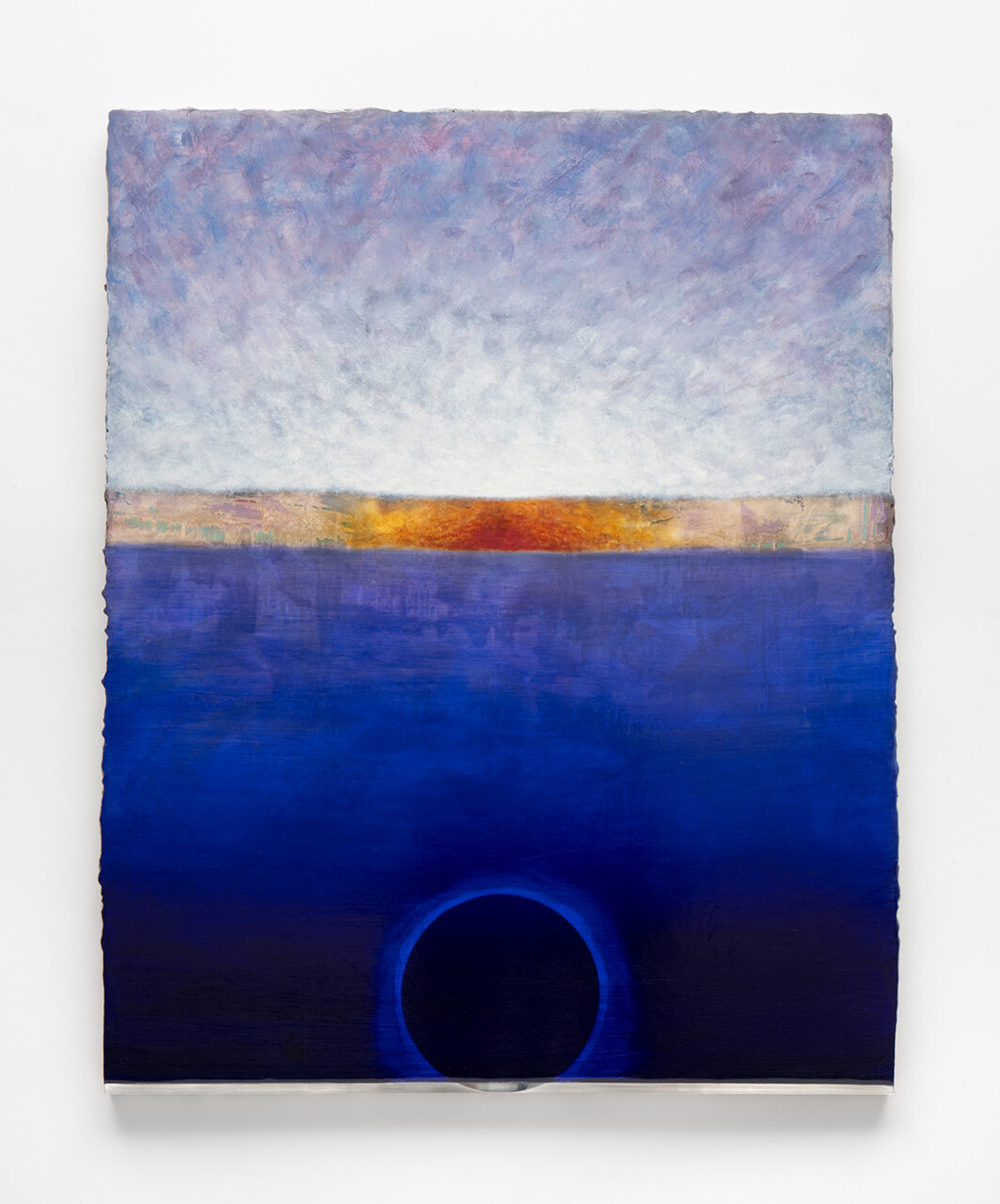
Peter Brock
The End of the Myth, 2025
Oil and colored pencil on Aqua resin on aluminum panel
30 × 24 inches -
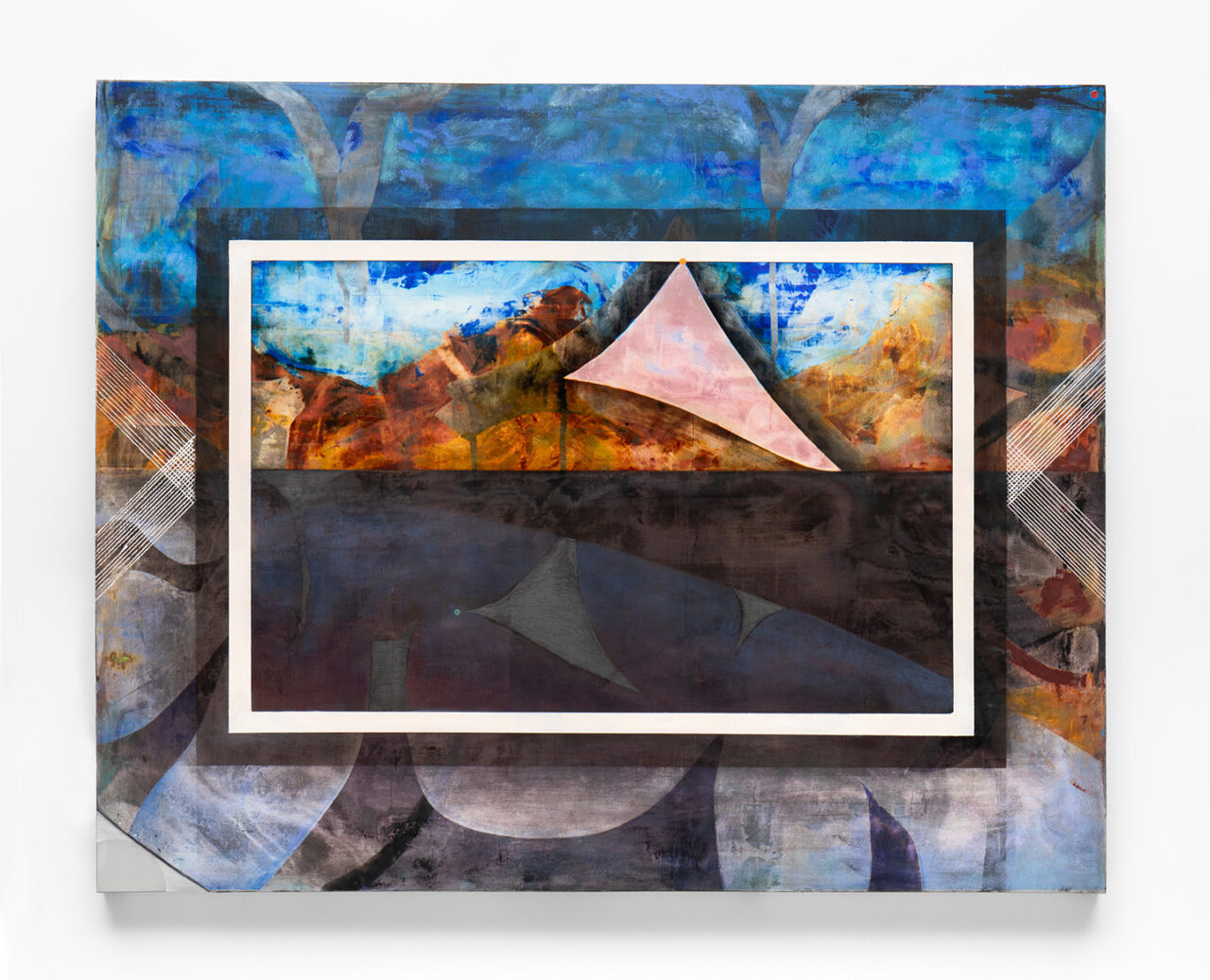
Peter Brock
The End of the Myth, 2025
Oil and colored pencil on Aqua resin on aluminum panel
24 × 30 inches -
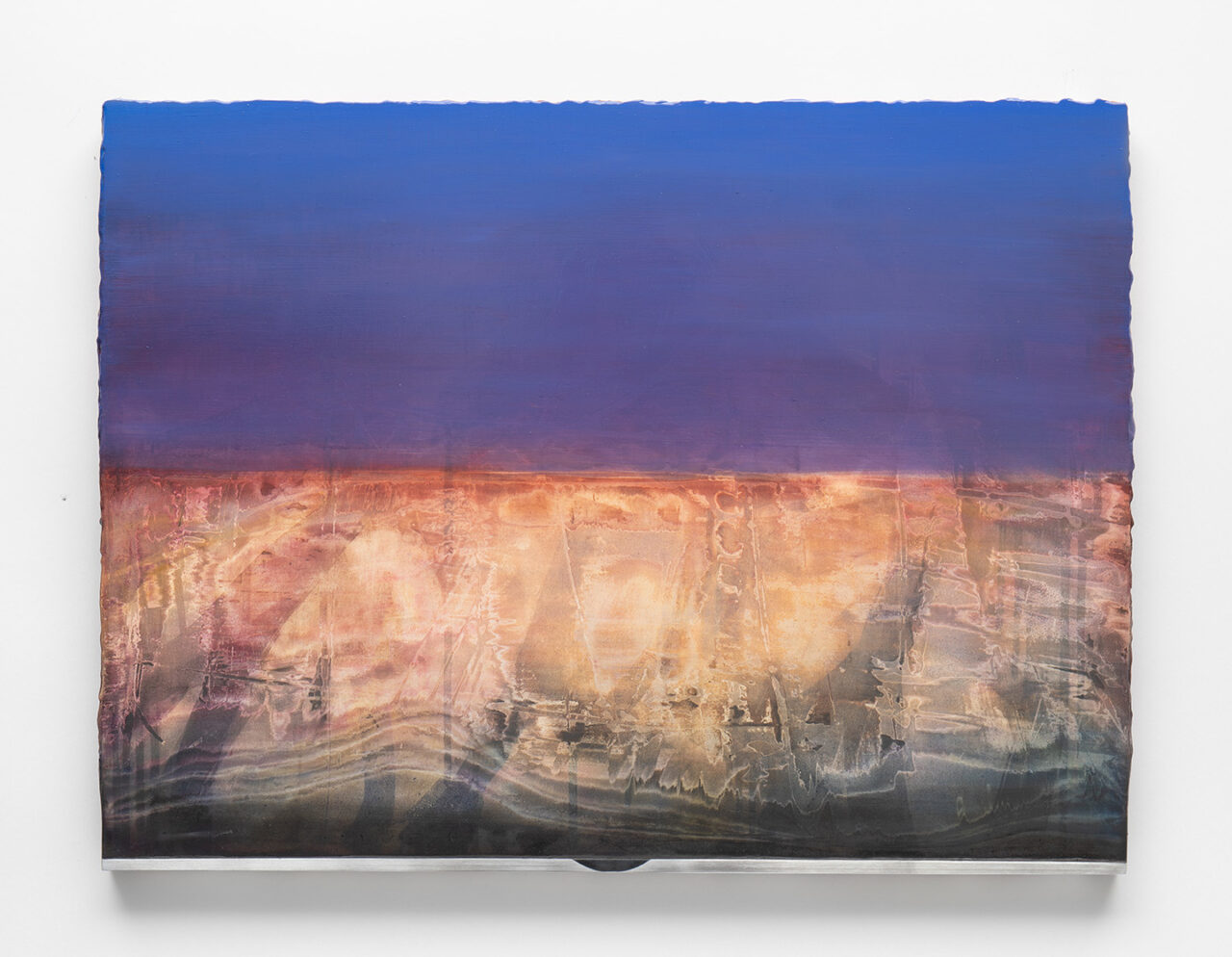
Peter Brock
The End of the Myth, 2025
Oil and colored pencil on Aqua resin on aluminum panel
18 × 24 inches -
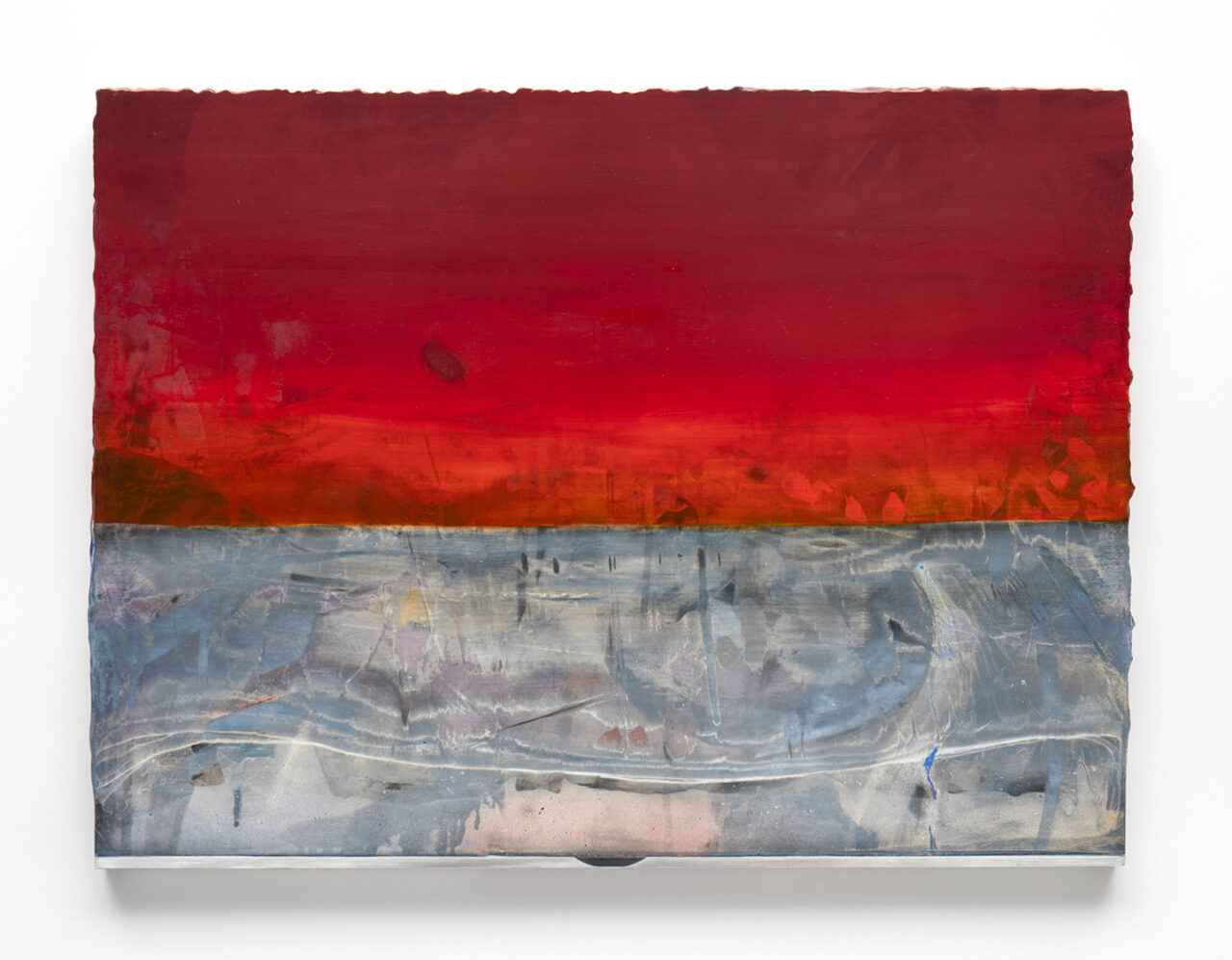
Peter Brock
The End of the Myth, 2025
Oil and colored pencil on Aqua resin on aluminum panel
18 × 24 inches -
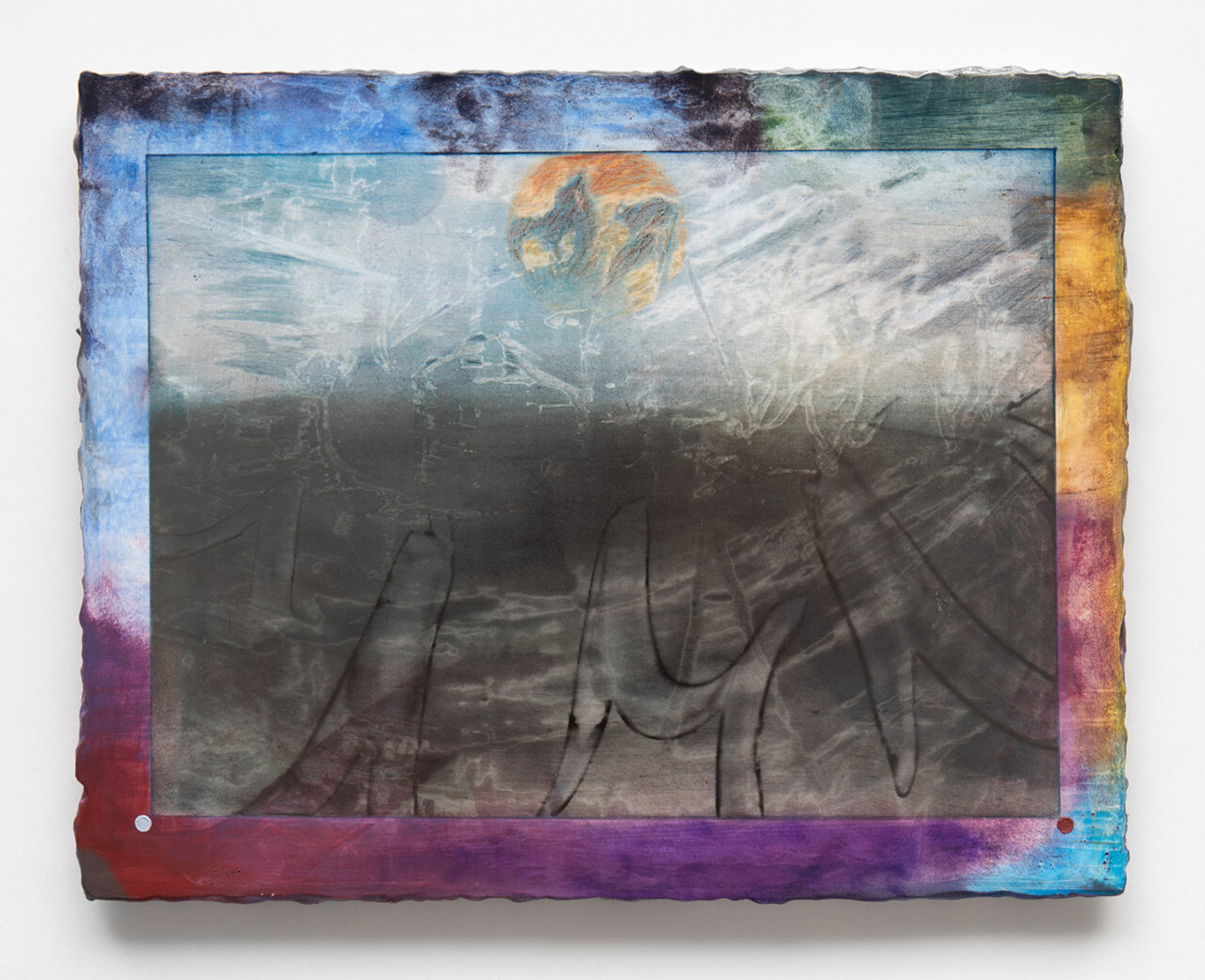
Peter Brock
The End of the Myth, 2025
Oil and colored pencil on Aqua resin on aluminum panel
9 ½ × 12 inches -
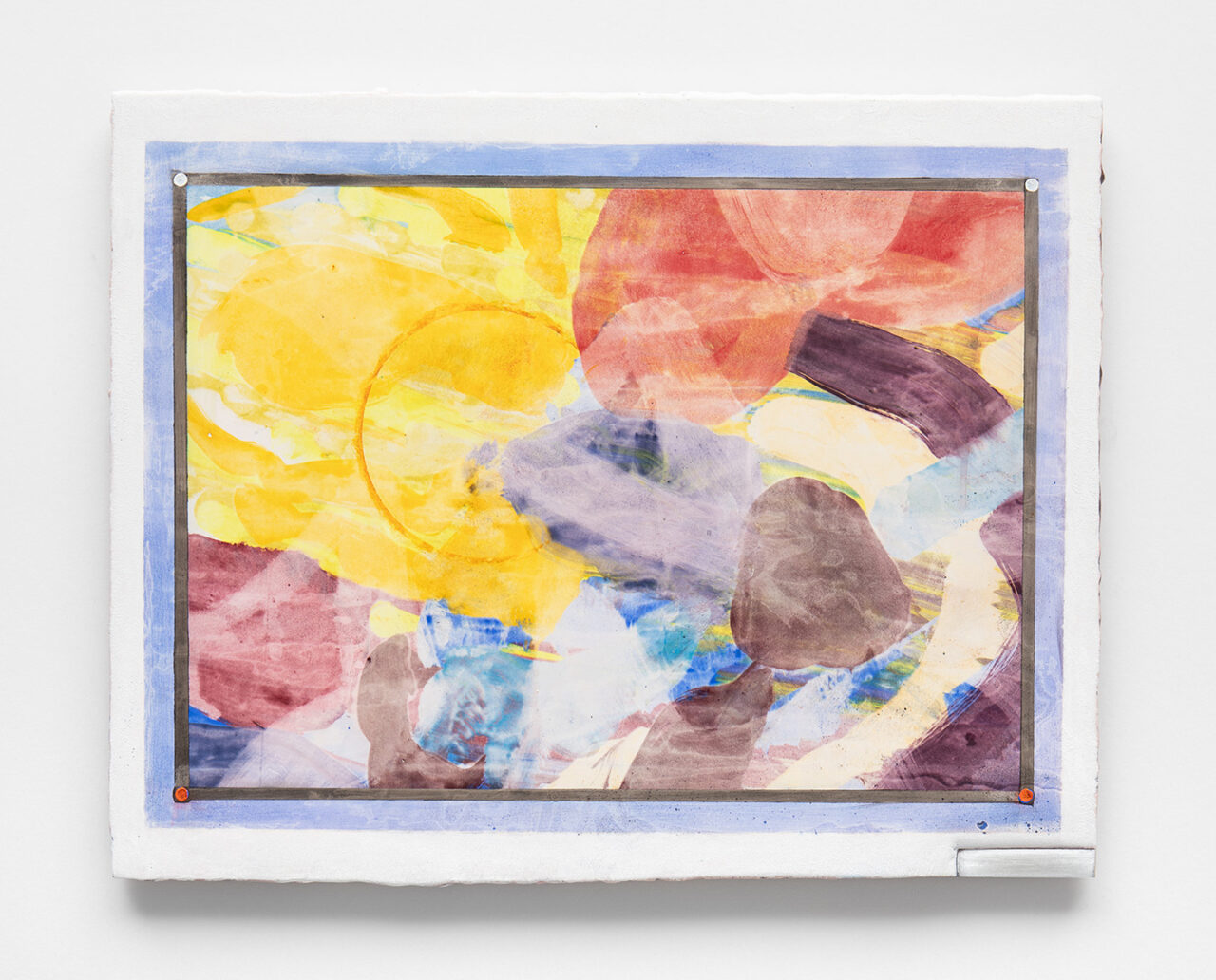
Peter Brock
The End of the Myth, 2025
Oil and colored pencil on Aqua resin on aluminum panel
9 ½ × 12 inches
Press Release
Opening Thursday, September 4, 6–8 PM
Nicelle Beauchene Gallery is pleased to present The End of the Myth, the gallery's first exhibition by Brooklyn-based artist Peter Brock.
“To live past the end of your myth is a perilous thing” – Anne Carson
Carson’s words reverberate in the title of historian Greg Grandin’s 2019 book, The End of Myth. The myth that concerns Grandin is that of limitlessness—boundless horizons, endless expansion, possibility freed from constraint. This intrinsically visual theme has also been a longstanding obsession of the painter Peter Brock. Grandin shows how this myth arises from the history of the frontier and is tightly intertwined with American exceptionalism, white supremacy, masculinity, and capitalism. Its exhaustion, he argues, marks the dangerous moment when social tensions, racial violence, and extremism can no longer be vented outwards. As if we needed confirmation, this is the perilous age in which we are living.
Far from taking on such issues directly, Brock’s abstracted landscapes offer a reprieve from topical content even as they cite the visual language of this powerful myth. In its strict, etymological sense, a frontier is a border or boundary: that which separates this from that. Yet the dynamism of the myth of the frontier stems from the way it holds in tension two images: the stark line of a perimeter, proclaiming security and control, and the necessarily nebulous sense of borderlands, stoking both fears of otherness within and promises of continued expansion. The ultimate figure for this duality is the horizon, which marks an edge but also appears to recede infinitely. In Brock’s paintings, horizons and frames multiply, creating third spaces between the binaries of inside and outside, above and below. Straight-edge-perfect dividing lines are tangentially grazed and sometimes violated by the geometric shapes and organic marks they would contain. A fiery glow mediates between a sky-like expanse above and a muted shadow world below. A corona-ringed orb appears to sink right out of the panel. What has become of the horizon? What can we still see in it after the end of the myth, and what can we perhaps see for the first time?
To live through the end in question is to witness the faltering and, paradoxically, the reassertion of one of this country’s most foundational myths: that freedom means freedom from constraint. According to Grandin, this myth is rooted in and sustained by the frontier mindset. The myth of the frontier promises freedom from limits, from history, from consequences. It has persuaded generation after generation that constant movement—forward and outward—will allow us to outrun not only social ills and conflicts—between classes and races—but also stagnation, decay, and death itself. As Grandin shows us, when freedom is defined as the ability to turn outwards, away from the dark side of growth—dispossession, exploitation, environmental degradation—it cannot be available to everyone. And yet, part of the myth is that it could be. Far from dying with the closing of the physical frontier, this myth has perennially returned in a series of zombie-like resurrections: from military interventions abroad, to Reaganism, to 21st-century “moonshots,” when the moon has become Mars or dreams of tech-fueled immortality. Yet fewer and fewer are those who believe such new frontiers will be open to everyone, if these horizons are reached at all. We have worn out the illusion that frontier freedom is democratic. This mirage dissolves along with the conviction that limitless resources exist to be claimed, that new frontiers will endlessly unfold before us. This is a myth that dies hard.
Much like the frontier throughout US history, the horizon in Brock’s paintings is a recurrent but changeable motif capable of receiving the projections and promises of any era. These paintings thus become versatile and robust containers. Where some see dazzling saturation of color, others see a sky intensified by the filter of wildfire smoke. Where some find reprieve in a calmingly static and abstract vista, others contemplate the stillness of a nuclear holocaust. Where some see futuristic astral bodies, others see in Brock’s eclipsed and sunken orbs the misaligned afterimages of romantic sunsets: eerie reminders of broken promises and the persistence of myths we cling to, increasingly by turning away from the present towards nostalgic fantasies or digital futures. What does it mean to contemplate the horizon in an age when techno-optimism coexists alongside doomsday predictions?
These images may evoke windows or screens inviting the gaze away from the shrinking horizons of our times, outwards into more ethereal realms. It is not unreasonable to seek such escapes in art. Yet, in Brock’s paintings, this transcendent urge exists in tension with a stubborn return to materiality. Airy expanses of luminous color are grounded by the granular detail of surfaces that evoke stone. The aluminum panels contribute to the other-worldly glow of these paintings but also reveal their role as material support, peeking through in an unpainted corner, a flash of silver along a polished margin. The jaggedness of the edge of the panel contrasts with the impeccable neatness of the two-dimensional frames painted within. The promise of a beyond collides again and again with the concreteness of the here and now. As the line where the heavens meet terra firma, the horizon marks a confrontation between infinity and its limits. This perhaps explains its continued allure in an age when, to quote Brock, “we are staring limits in the face,” yet we cannot seem to break the habit of searching for new frontiers to conquer, new expanses unbound by such constraints.
—Ashley Brock, Associate Professor, University of Pennsylvania
Peter Brock (b.1986) lives and works in New York. He has an MFA in painting from the Milton Avery School of Art at Bard College, and studied in Monika Baer’s class at the Städelschule in Frankfurt, Germany. His work has been exhibited at Diez Gallery, Amsterdam; International Objects, Brooklyn; Nino Mier, Los Angeles; Spencer Brownstone Gallery, New York; Goeben, Berlin; Root Canal, Amsterdam; Calle Cedro 328, Mexico City; Peana Projects, Monterrey; 83 Pitt Street, New York; _2B, Madrid;321 Gallery, Brooklyn; and Federico Vavasorri, Milan, among others. He received the IAAC award for art criticism in 2021 and regularly publishes reviews and essays with Frieze Magazine, ArtReview, Art Forum, E-Flux Criticism, Texte Zur Kunst, Flash Art, The Brooklyn Rail, and Artillery Magazine.